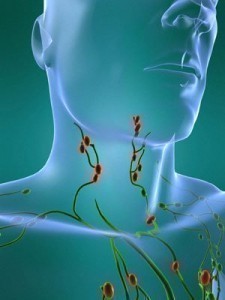Heel Pain
The heel is a part of the foot that is subject to many different unhealthy conditions caused by varying factors. People can feel a sharp pain when the soft tissues and blood vessels found within the lower, upper, left and right part of this all-important part experience abnormalities. The same also goes for the bones and skin part, which are usually marked by chronic and stabbing pain when injured. For those who wish to be free from pain, it is good to know the symptoms, causes, diagnosis and treatments for this severe condition.
Heel Pain Symptoms
There are numerous signs and symptoms to determine whether an individual is suffering from this particular type of pain. Patients usually find it difficult to carry their own weight. Add to that, swelling and redness are very much evident in the affected areas. Aside from the shooting pain that goes with it, they can also experience dull and tingling sensations. After 2 to 3 weeks of home care without or very little progress, it is best to consult doctors right away. More importantly, never fail to consult medical experts if the pain continues to get worse.
Causes of Heel Pain
One of the most common causes of heel pain is plantar fasciitis. This is a very painful medical problem associated with pronation, repetitive pounding and tight calf muscles. Another known cause is Achilles tendinitis, which is a highly uncomfortable medical condition resulting from inadequately stable shoes, lack of flexibility as well as running of hard surfaces. Moreover, bone spurs are likewise associated with this type of condition. In addition, people can feel severe pain due to heel bursitis, which is marked by inflammation in the affected area. Other factors that contribute to severe pain in the heel area are vasculitis, sciatica and arthritis.
Heel Pain Diagnosis
Upon consultation, patients will be asked to answer medical history questions to help identify the real reason behind the pain. After that, they will undergo a physical examination, which covers all-important areas like the legs and feet. To get highly accurate results, other diagnostic tests will be performed such as foot x-ray.
Heel Pain Relief
People who have this condition can take acetylsalicylic acid to fight off pain. Likewise, they can also use ibuprofen, naproxen and etodolac. Antipyretics, analgesics and acetaminophen can also help reduce pain, swelling and inflammation in the affected areas. It is also good to apply tape to help ease pain and prevent further damage. Moreover, heel pads and shoe inserts can provide addition comfort. It is also good to apply ice on the affected area.







